Garrett Reisman, a former NASA Astronaut, and a current SpaceX program manager were asked what it’s like to be outside the International Space Station. Their answer is somewhat expected; they described the experience as ‘awesome’ and ‘outlandish.’ Were they trained in a big pool to simulate working in zero gravity in Houston? Yes, they did! Was the equipment, even including the bolts, in the same position as it would be in space? Yes, it was! However, looking outside and watching the entire planet passing by is an indescribable feeling. That’s why we are going to take you on a visual trip to the life of an astronaut while spending an ordinary day in space.
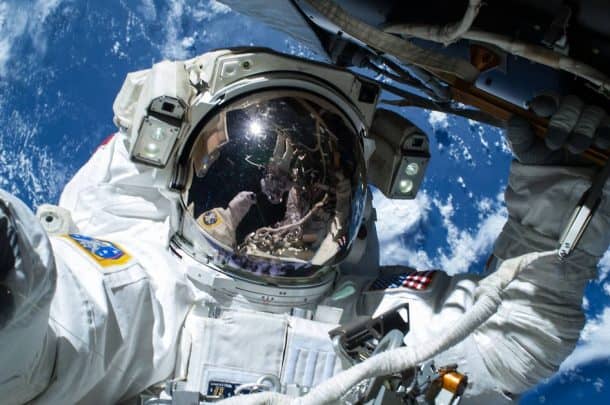
Your journey as an astronaut begins with a 70-million-dollar ticket on a 6-month shift to International Space Station. It is a 150-billion-dollar equipment hovering at 380 kilometers or 270 miles above the earth that was first inhabited by humans in 2000.
Our visual trip begins with the launch of the Russian rocket boarding the astronauts.
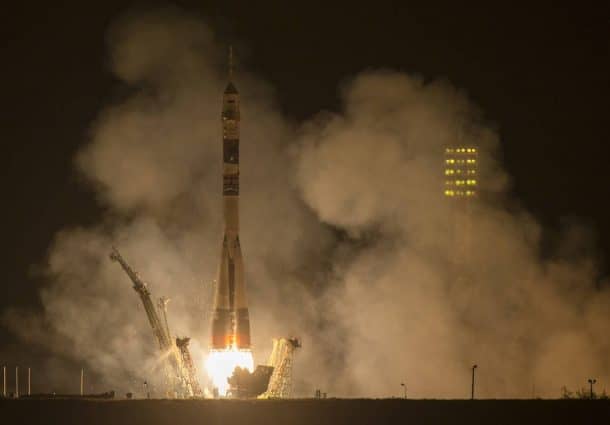
Upon reaching the destination, International Space Station (ISS), you look at a place that is as huge as a football field. The station consists of control rooms along with living quarters and labs that are shared by six astronauts at a time on rotational shifts.
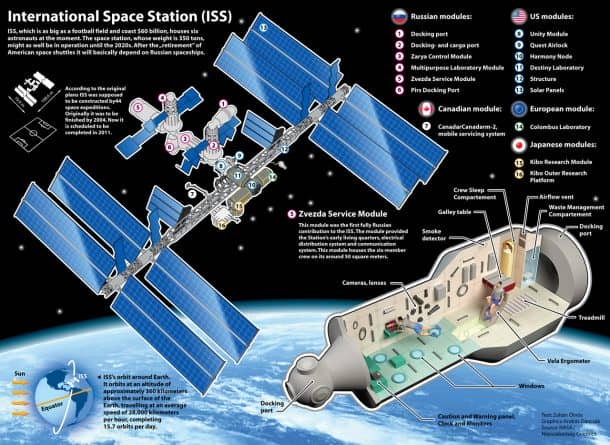
Before you look out of the window to experience the outlandish view, everything on board including you will experience weightlessness. Here is where your big pool training comes in handy.
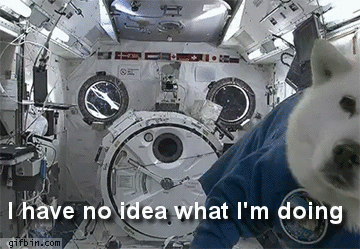
The ISS orbits the sun at the speed of 107,000 kilometers per hour (66,600 miles per hour) in sync with the earth that is 380 kilometers apart.
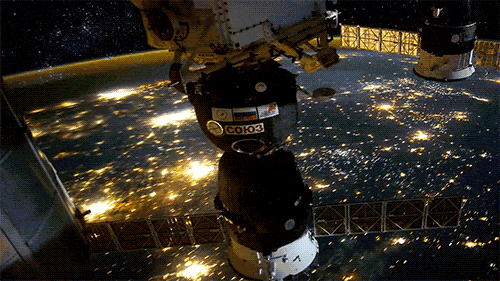
The experience of floating may seem like fun at first, but the challenges that come with it are substantial. Everyday tasks like going to the loo, washing your hands, and even sweating become a complication when the water refuses to flow and starts to float as blobs. See how the sweat floats away in the following image.

If any object or these blobs of water get carried away to rest in any equipment, it will malfunction. There is a vent that is used for disposal to keep things from floating around.

Daily hygiene is affected greatly as the toilets are customarily designed for each purpose by ISS OutHouse Team. The following image shows the yellow nozzle that uses suction to collect urine.
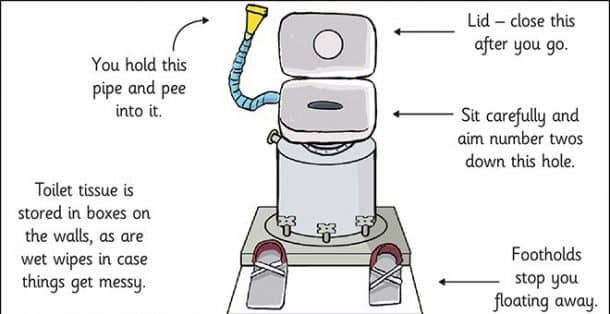
Bathing is also a challenge that is overcome by using very small amounts of water with no-rinse soaps and shampoos.
Every few months, the supplies are stocked. Water, however, is filtered and recycled on site. This means that the wash water, astronaut’s breath, and the urine, are all recycled to make 90% of the water stored in there. Don’t worry; the highly sophisticated filter makes the water perfectly reusable.
None of the everyday challenges is hard enough for the tenacious astronauts to distract them from their work. Making important discoveries, experimentation, and repairing the space station are tasks that they perform side by side.
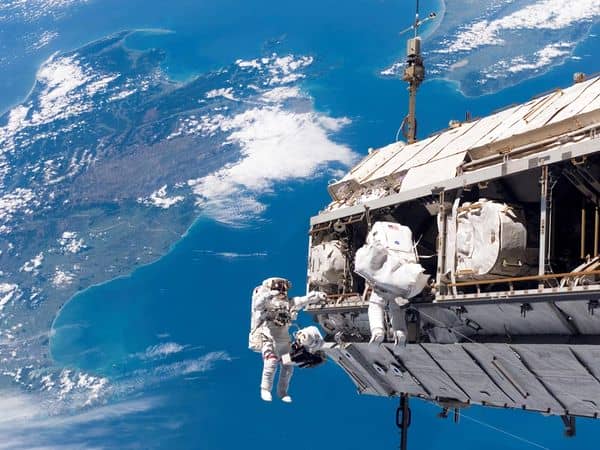
Exercising is even more important in space due to the risk of losing mass muscle in zero gravity.
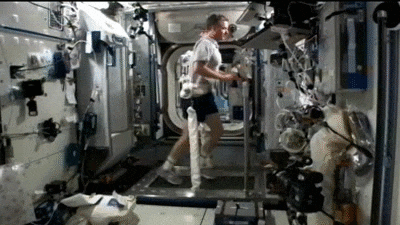
Dehydrated food packages fulfill the nutritional needs of the crew.
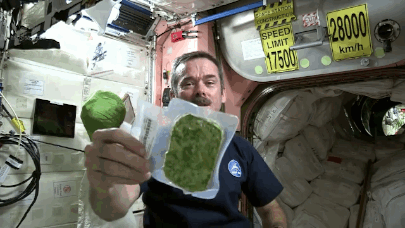
After a tiring day of work, astronauts retire to their sleeping bags for a 6-hour sleep. Obviously, sleeping in zero gravity is weird and somewhat impossible!
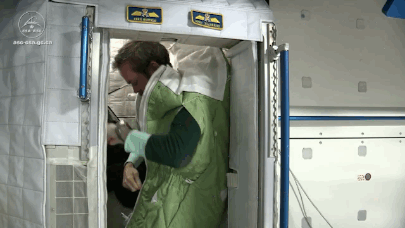
Living in space affects your body in several other ways as well.
- Liquid distribution in your body makes your face appearance puffy.
- Lack of exercise will cause 12% decrease in your bone density.
- The fluid shift from your legs to your head could fill up 2-liter-bottle.
- This change in fluid pressure in the brain causes headaches and less precise vision.
- Muscles shrink and absorb extra tissues as muscles are not needed in zero gravity.
- You are no longer protected by the magnetic field of the earth. Hence, the radiation can put you at a higher risk of cancer.
- You can grow up to 3% in space due to the spine stretch in the lack of gravity.
So there you have it, now you know what it’s like to be in space.


